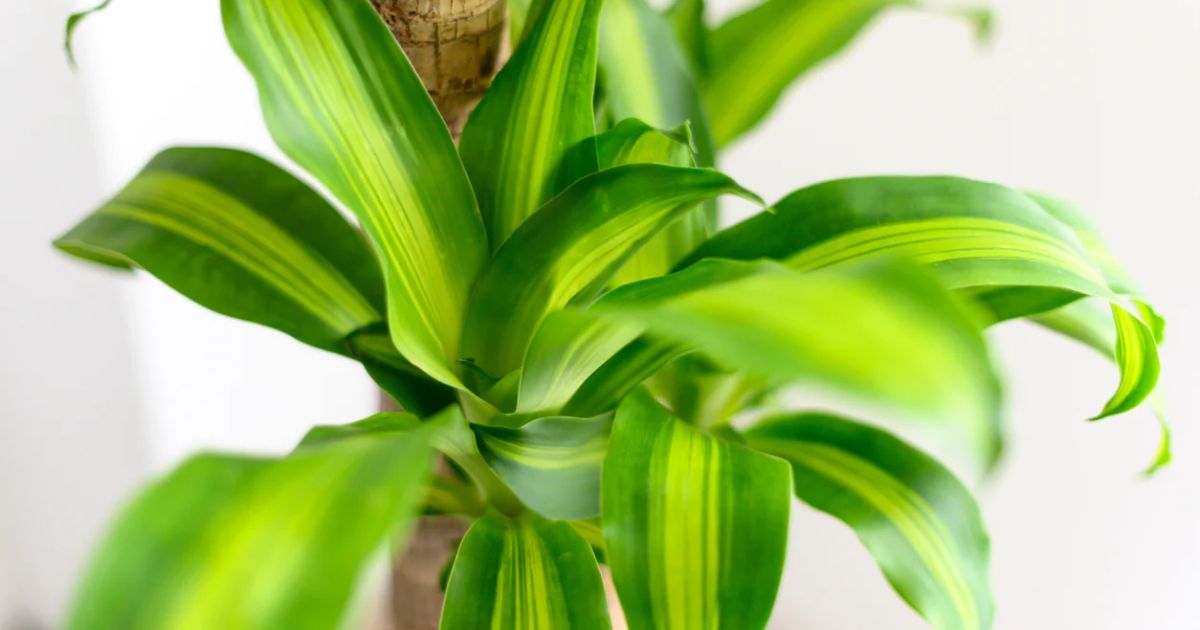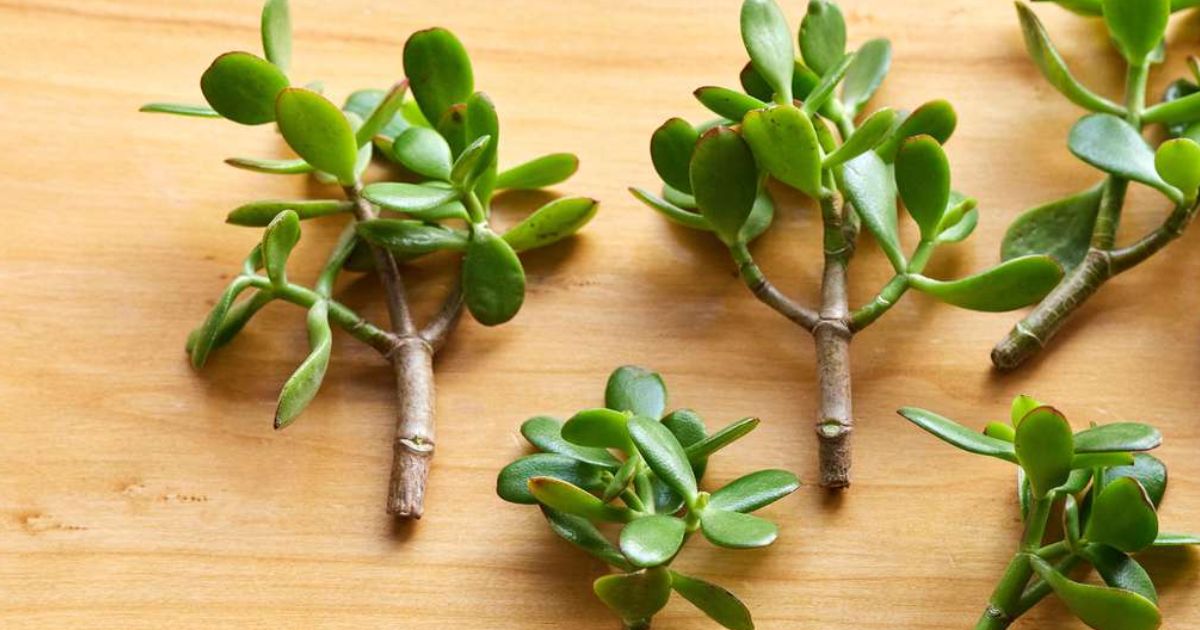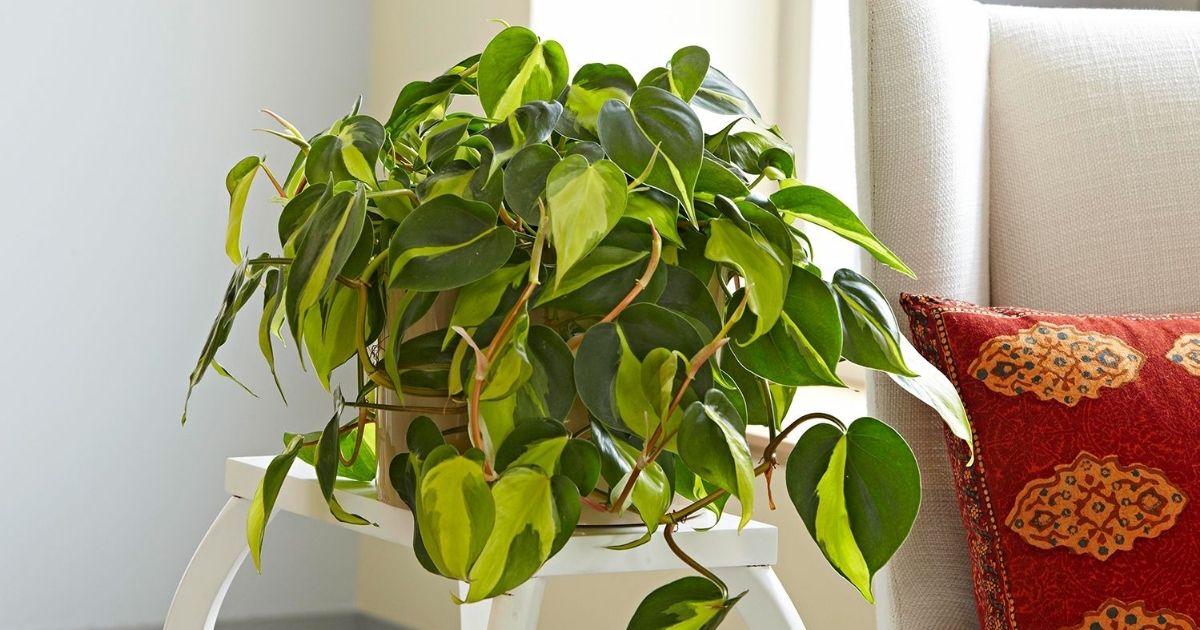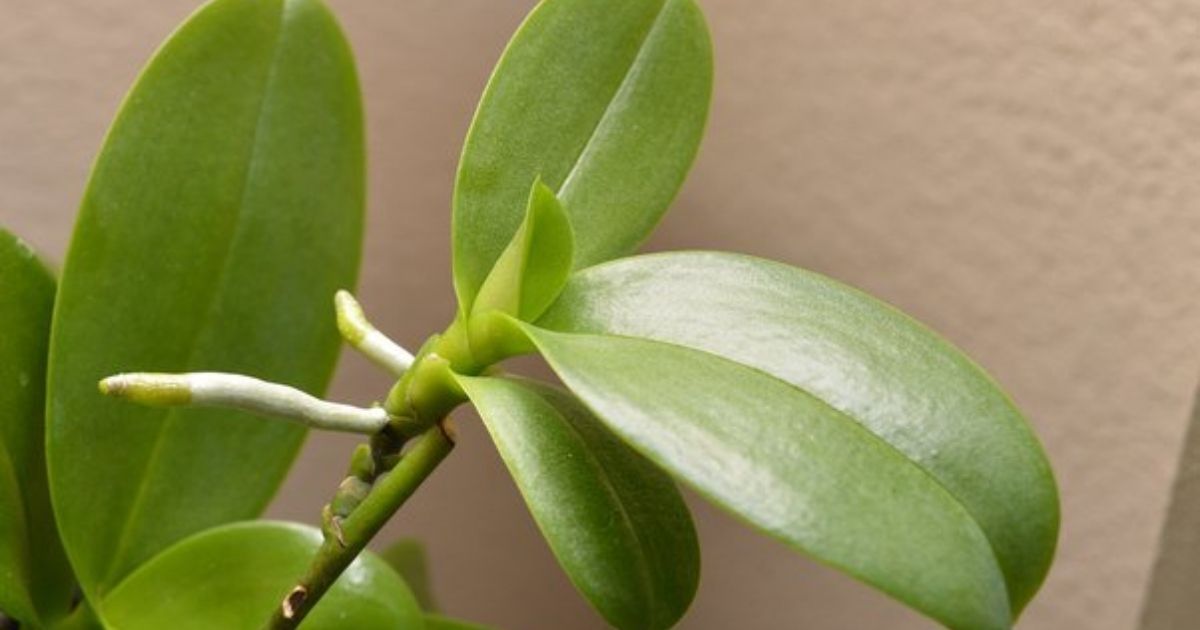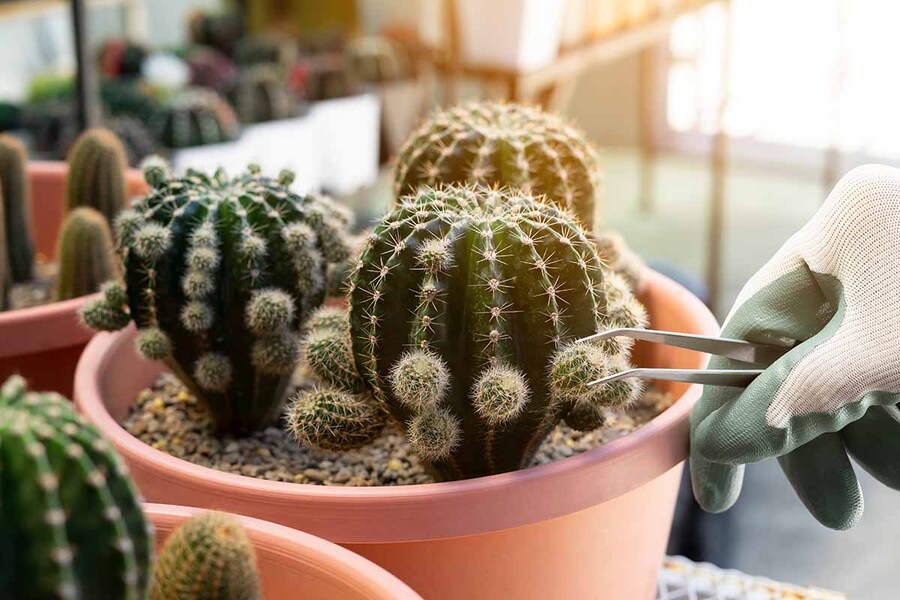How to Propagate Chain of Hearts: A Complete Beginner's Guide
If you're a plant enthusiast looking to expand your collection, you might wonder how to propagate Chain of Hearts (Ceropegia woodii), also known as String of Hearts. This charming trailing plant is famous for its delicate heart-shaped leaves and easy-care nature.
There are three methods for propagating Chain of Hearts, all of which are easy and usually have high success rates. Propagation allows you to create more plants for yourself and encourages bushier growth in your mother plant by prompting it to branch out at the cut points.
In this guide, Benchmark Hydroponics’s experts walk you through propagating Chain of Hearts, ensuring success at every step.
Table of Contents
How to Propagate Chain of Hearts in 4 Steps
Step 1: Choosing the Right Time and Tools
Before propagating your chain of hearts, consider the timing and gather the necessary tools. The best time to propagate this plant is typically from spring (March-May in the Northern Hemisphere) to early summer, during its active growing season.
Tools for Propagation you'll need include:
- Pruning shears or scissors
- Rubbing alcohol or disinfectant
- Container or pot
- Room-temperature water
- Well-draining potting mix
*Pro Tip: Timing your propagation precisely for active plant growth and using sterilized tools can help minimize the risk of infections or setbacks.
Tools for propagating chain of hearts
Step 2: Taking Cuttings
To initiate the propagation process for your Chain of Hearts, follow these specific steps:
- Selecting Healthy Stems: Choose stems from the parent plant that is healthy and free from any signs of disease or damage. Look for stems that are vibrant in color and firm in texture.
- Identifying Nodes: Examine the selected stems to locate nodes, which are small bumps or protrusions along the stem where leaves emerge. Each node has the potential to develop roots.
- Making Clean Cuts: Make a clean cut just below a node with sterilized pruning shears or scissors. Ensure your cutting tool is sharp to create a precise cut, which promotes quicker healing and root development.
- Removing Lower Leaves: Strip away some lower leaves on the stem to expose the nodes. This step helps facilitate root growth from the nodes and prevents excess foliage from being submerged in water or soil during propagation.
For specific knowledge about how to take plant cuttings, research specific instructions for the type of plant you're working with. And always be patient, as rooting and establishing a new plant can take time.
Take a cutting chain of hearts for propagating.
Step 3: How to Propagate String of Hearts With 3 Methods
For string of hearts propagation, choosing the proper method to encourage successful root development is essential. Here are the two most common methods:
Method 1: Water Propagation
- Preparing the Container: Fill a clear container with approximately 2 inches of room temperature water. Ensure the container is transparent to allow for easy monitoring of root growth.
- Placing the Cuttings: Take 2-3 healthy cuttings with at least 3-4 nodes each. Soak the cuttings completely in water. Position the container in a bright, indirect location to promote growth.
- Maintenance: Change the water weekly to prevent stagnation and maintain oxygen levels. Additionally, refresh the water to ensure cleanliness. Monitor the cuttings for signs of successful rooting, such as the emergence of white roots from the nodes.
Put Cuttings in Water
>>> You can learn more about: How to propagate plants in water
Method 2: Soil Propagation
Propagating your chain of hearts in soil offers a rewarding and traditional method. Soil propagation allows for easy monitoring of moisture levels and provides a familiar growing environment for the new plant.
- Choosing the Potting Mix: Select a well-draining mix suitable for succulents, ensuring adequate aeration and moisture retention. Moisten the potting mix slightly to prepare it for planting.
- Planting the Cuttings: Take 2-3 healthy cuttings with at least 3-4 nodes each. Gently insert the nodes into the moistened potting mix, burying them to a depth of approximately 1 inch. Ensure the cuttings are stable and upright.
- Creating a Greenhouse Effect (Optional): Cover the pot with a clear plastic bag to generate a greenhouse effect, trapping humidity and promoting root development. Place the pot in a warm, well-lit area, avoiding direct sunlight.
- Maintaining Moisture: Keep the potting mix consistently moist but not waterlogged. Monitor the soil moisture regularly and water as needed to prevent drying out. Steer clear of overwatering, as this might cause the cuttings to rot.
Plant Rooted Cuttings
Method 3: Tuber Propagation
Tuber propagation offers another method for the question of how to propagate string of hearts, providing an alternative approach to growing new plants from existing ones. Here's a specific guide to tuber propagation:
- Identifying Tubers: Look for tubers along the vines of mature String of Hearts plants. These tubers are small, bulbous structures storing nutrients and energy for the plant.
- Selecting Tubers: Choose healthy and plump tubers for propagation. Avoid tubers appearing faded or damaged.
- Preparing Potting Mix: Ensure it drains well and is meant for succulents. Make sure the soil is damp but not drenched.
- Planting Tubers: Press the tubers into the soil, burying them partially. Leave the top portion of the tuber exposed to air.
- Maintaining Moisture: Keep the soil moist, but avoid overwatering, as excessive moisture can lead to tuber rotting.
- Providing Indirect Light: Place the pot in a location with bright, indirect light. Avoid the sun, as it can burn the fragile tubers.
Plant the Tubers
Step 4: After Rooting Care
After your Chain of Hearts cuttings have successfully rooted, provide precise care to support their continued growth and health. Follow these specific steps:
Step 1: Acclimate to Soil
If you propagate your cuttings in water, transition them gradually to a soil medium. Once roots have formed, transplant the cuttings into separate pots with a well-draining potting mix. Before starting your regular care regimen again, give the roots one to two weeks to acclimate to their new soil environment.
Step 2: Set up appropriate sources of light
Place your newly potted Chain of Hearts cuttings in a location receiving bright, indirect sunlight. Avoid exposing them to direct sunlight, especially during the intense midday hours, as this can lead to leaf scorching. Aim for approximately 6 to 8 hours of indirect sunlight daily to promote healthy growth.
Step 3: Water regularly
Establish a watering routine based on your Chain of Heart's moisture needs. Water the plants only when the top inch of soil feels dry. Avoid overwatering, as excessive moisture can lead to root rot and other fungal issues. Depending on the environmental factors, you might need to water your plants every one to two weeks, changing the frequency to maintain ideal soil moisture levels.
Keep the soil evenly moist
>>> See more:
Frequent Ask Question
1. What Is The Fastest Way To Propagate String Of Hearts?
The fastest way to propagate String of Hearts is through stem cuttings. Select healthy stems with several nodes, make clean cuts just below the nodes, and place them in water or soil. If given the right circumstances and attention, these cuttings can form roots and sprout into new plants in a matter of weeks.
2. Can You Propagate A Chain Of Hearts In Water?
Yes, String of Hearts can be easily propagated in water. Simply take stem cuttings, ensure at least one node is submerged in water, and place the container in a bright, indirect location. Change the water weekly to prevent stagnation and encourage root growth. Once roots have developed, the cuttings can be transferred to the soil for further development.
3. How Do I Make My String Of Hearts Fuller?
Proper care and maintenance can encourage branching and denser growth, making your String of Hearts fuller. Ensure the plant receives adequate sunlight, preferably bright, indirect light.
Regularly prune the trailing vines to promote bushier growth and remove leggy or unhealthy stems. Furthermore, fertilize the plant periodically throughout the growing season to supply vital nutrients for solid growth.
4, What Is The White Ball On The String Of Hearts?
The white ball commonly found on String of Hearts plants is a tuber. Tubers are small, bulbous structures that store nutrients and energy for the plant. They often develop along the vines of mature String of Hearts plants and serve as a natural means of propagation. They are vital to the plant's reproductive strategy since they can be collected and replanted to produce new plants.
